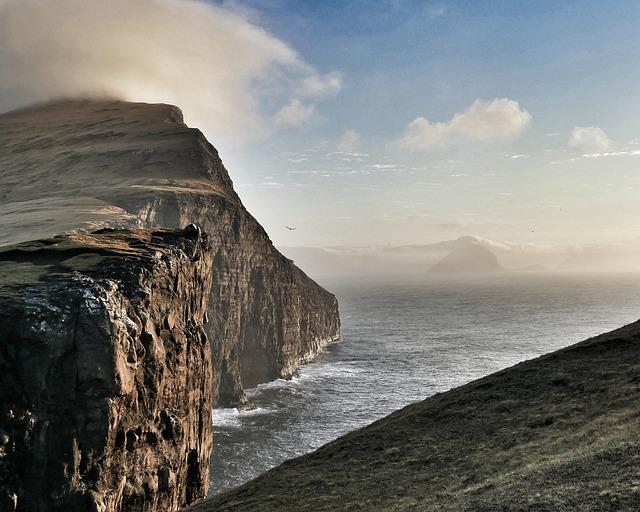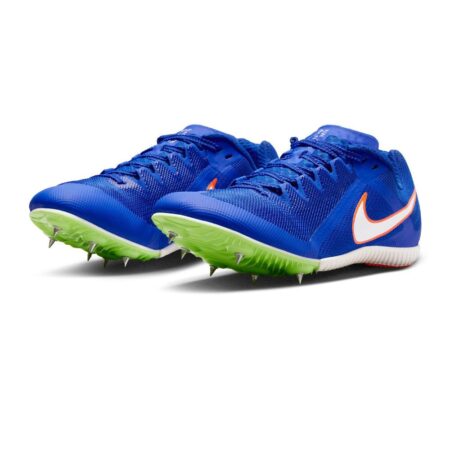Nordic Combined will enter the 2026 Winter Olympics as the sole Olympic discipline without a women’s event, continuing a contentious tradition that has drawn criticism from athletes and advocates alike. Despite growing calls for gender equity across winter sports, the International Olympic Committee and sport governing bodies have yet to introduce a women’s Nordic Combined competition, leaving the discipline isolated in its lack of female representation at the highest level of international competition. This decision highlights ongoing challenges in achieving full gender parity within the Olympic program.
Nordic Combined Continues as Only Olympic Sport Excluding Women’s Event at 2026 Games
Despite significant strides towards gender equality in many Olympic disciplines, the upcoming 2026 Winter Games will maintain Nordic Combined as the only sport without a women’s event. This decision underscores ongoing challenges within the sport’s governing bodies in promoting and integrating female athletes into a long-standing male-dominated field. While other winter sports have expanded women’s participation, Nordic Combined continues to face hurdles related to athlete development, sponsorship, and international qualification standards.
Advocacy groups and female athletes have voiced frustration as the International Olympic Committee (IOC) moves forward with plans that exclude women from competing in Nordic Combined on the Olympic stage once again. Current statistics reveal a significant gap in female representation globally:
- Number of registered female Nordic Combined athletes: 120 (worldwide)
- Countries with established women’s Nordic Combined programs: 8
- Historical milestones in women’s Nordic Combined: First World Cup event held in 2021
| Year | Olympic Inclusion | Women’s Nordic Combined Event |
|---|---|---|
| 2018 | Yes | No |
| 2022 | Yes | No |
| 2026 | Yes | No |
The continued exclusion raises critical questions regarding the future growth and inclusivity of the sport as the Olympic movement pushes for a more equal and representative program.
Examining the Impact of Gender Exclusion on Athlete Development and Sport Popularity
By excluding women from Nordic Combined at the 2026 Winter Olympics, the sport risks stalling the development of female athletes and undermining broader progress toward gender equality in winter sports. Without an Olympic platform, aspiring women face fewer opportunities for high-level competition, sponsorship, and media exposure, which are critical for growth and professionalization. This exclusion not only dampens athlete motivation but also perpetuates outdated stereotypes that can discourage young girls from pursuing Nordic Combined at grassroots levels.
The absence of a women’s event also hampers the sport’s potential to expand its fan base and generate greater popularity worldwide. In contrast, inclusive Olympic sports tend to see increased viewership and engagement across diverse demographics. Key impacts include:
- Reduced global visibility: Women’s competitions in other sports have consistently driven higher broadcast ratings and digital interaction.
- Limited sponsorship appeal: Brands increasingly seek gender-inclusive sports to align with progressive values, making exclusion less commercially attractive.
- Stifled innovation: Mixed-gender participation often leads to new formats and audience experiences, enhancing overall appeal.
| Aspect | Impact of Gender Exclusion | Potential Benefits of Inclusion |
|---|---|---|
| Athlete Pipeline | Limited female entrants; slower progression | Increased participation and talent pool |
| Media Coverage | Minimal coverage focused on men’s events | Broader stories and diverse athlete narratives |
| Commercial Interest | Lower sponsorship and funding for women’s development | Enhanced brand partnerships and funding |
| Sport Popularity | Stagnant or declining fan engagement | Growth in global audience and fan engagement |
Calls for Inclusion Grow Stronger as Advocates Urge Olympic Committee to Introduce Women’s Nordic Combined Event
Advocates and athletes alike have intensified their appeals to the International Olympic Committee (IOC) following the confirmation that Nordic Combined will remain the only Olympic discipline without a women’s event at the 2026 Winter Games. Despite growing momentum and demonstrated skill among female competitors worldwide, the IOC’s decision reflects ongoing challenges in achieving gender parity within this sport. Supporters argue that including a women’s Nordic Combined event would not only enhance the Games’ inclusivity but also inspire a new generation of female winter sports athletes.
The push for inclusion highlights several key arguments:
- Equal Opportunity: Female Nordic Combined athletes have long faced limited access to top-tier international competitions.
- Growing Interest: Participation rates among women have surged, with more national competitions introducing dedicated events.
- Global Representation: Countries such as Norway, Japan, and the United States have invested heavily in developing women’s Nordic Combined teams.
| Country | Female Nordic Combined Athletes | Competitions Hosted (2020-2024) |
|---|---|---|
| Norway | 15 | 8 |
| Japan | 12 | 6 |
| USA | 10 | 5 |
| Germany | 8 | 4 |
In Conclusion
As the 2026 Winter Olympics approach, the exclusion of a women’s Nordic Combined event leaves the discipline as the sole Olympic sport without female representation. This decision highlights ongoing challenges in achieving gender equality within the Olympic program, prompting continued calls from athletes and advocates for more inclusive opportunities in future Games. The conversation surrounding Nordic Combined serves as a critical reminder of the progress still needed to ensure equal participation across all winter sports.





